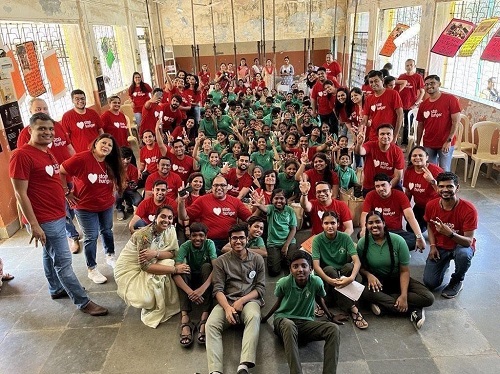Future Trends in Student Housing by Venayak Gupta, your-space

Students in India had to seek accommodations operated by educational institutes or spaces rented out by home owners in the vicinity of their colleges/universities. The student housing industry that predominantly constituted unorganized players is seeing a formidable change with professional student housing solution providers now operating in multiple cities and aspiring for a Pan-India presence for their brands. Pan-India operators can create national brands that allow them to attract students from multiple demand centers.
 |
Venayak Saran Gupta
In PGs and hostels, mundane weekly menus with aloo paranthas served to students all week whereas professional operators curate menus that are more appealing for them. Previously demand generation was entirely offline and word of mouth based, this is also seeing a major shift with Gen-Z looking to book their hostels directly by looking for options online.
Before the rise of prevalent student housing startups and alternative asset classes in the student housing real estate, the mom-and-pop operators had an average of 10-15 rooms. Student housing operators are deepening their presence in cities through strategic, built to suite buildings which are upwards of 50 rooms. This allows them to provide better common facilities like gyms, study lounges, hangout zones to their residents.
The last two years through COVID have been especially tough for the erstwhile owner-operators which has meant they're more amenable to going for a leasing model with a consistent ROI for their property. This is also the case with hotel owners finding a leasing model backed up by the predictable demand of students more suitable than a revenue sharing model with hotel aggregators like Oyo, Fab, Treebo, etc. who were forced to relinquish properties in key markets amidst the pandemic. This positively piqued interest from large land owners, hospitality and real estate investors and UHNIs to invest in build-to-suit student housing projects. The sector is projected to continue to grow to USD 25+ billion per annum by 2025.
The structural changes to the student housing industry can be attributed to multiple factors but it is safe to say COVID propelled an urgent need for adoption of these changes.
-
The services offered at a student housing accommodation will become the true differentiator in the market. Previously all parents and students looked for, was a clean bed to sleep on, with some sense of security and basic meals. Today professional operators are differentiating themselves on the basis of add-on services like laundry, 4 custom meals a day, Facial recognition at the entry gates, committed TAT on R&M services and thoughtfully designed common spaces which improve the "collaboration co-efficient" amongst the students. Through COVID over the last two years they have added additional health services like on-demand physician appointments, free mental health counselling sessions and medical insurance coverage as well. Hence the service layer is where the operators of tomorrow will differentiate themselves.
-
Demand acquisition channel is now online, this required operators to improve their digital acquisition channels. A seamless user interface for website and mobile application, targeted social media campaigns, strategic google listings, relevant aggregator listings are imperative for operators to ensure students are enrolling with them. With over 75% of the demand acquisition taking place on online platforms, it'll create a conducive environment for online listings platforms to flourish in the coming years.
-
AI and IoT driven management systems are becoming a mainstay in the real estate industry. Though the student housing industry is in its nascent stage, student housing operators are already adopting IoT solutions such as wifi enabled electricity meters, smart locks and entry systems to allow them to manage their spaces and operating costs more efficiently.
The next 5-10 years is an exciting time for the student housing and co-living market in India. With the urban migration rates improving, more and more students moving out of their hometowns to study at centers of excellence the market will only continue to grow, and the professional players are well placed to flourish in the growing market.
![]()






































































































.jpg)













